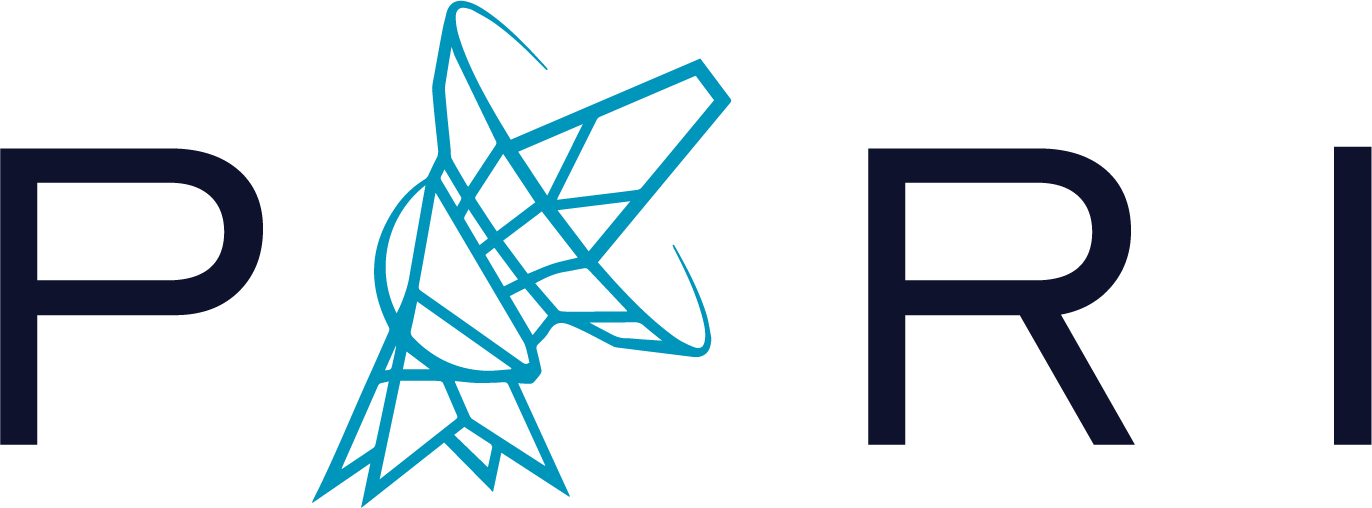-
Camps
CampsEmpowering today's campers to become tomorrow's leaders in space and science discovery
-
Business Services
Business ServicesLet us help launch your next big thing
-
Research
ResearchArming STEM students and scientists with the resources they need to discover the unknown
-
Visit
VisitDiscover the wonders of space and nature at PARI
-
About
AboutPARI's mission is to reveal the unseen and empower people to reach their next frontier
-
Shop
ShopTake a bit of PARI home with you
- Contact
-
Support PARI
Support PARIHelp us on our Education Mission and help a young learner reach for the stars
